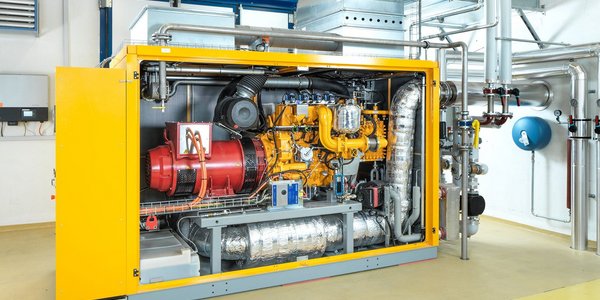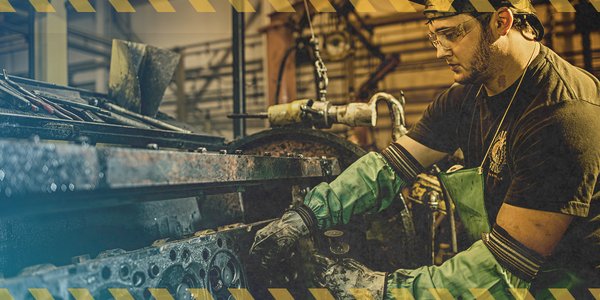What to know - diesel driven emergency power generators

Power outages occur at the most inappropriate times – they can be caused by weather, a technological failure or human interaction. To households, this means inconvenience, but for businesses and production facilities power outages can be critical and cause significant losses. What can you do in a situation where you cannot simply rely on the authorities’ assurances that power supply will be restored in a couple of hours – at best? The wise choice is to make sure that you have an alternative source of power. One of the most common and reliable solutions for alternative and emergency power supply is a diesel power station, or diesel genset. It can serve both as a permanent and a backup source of power supply in the event of a power shortage or outage. Various sizes and types of gensets with different output parameters are available on the market. But to choose one that suits you best, a number of prerequisites have to be met.
The first thing to know when choosing a genset is the required power output
—
In order to choose the most appropriate genset consist, one has to consider what the equipment will be used for, the power required, and how long it will run. “It should be borne in mind that each genset has a power rating at which it can be operated for a long time as well as cope with short-term peak loads. For instance, powering up electric motors or pumps direct-on-line may require up to seven times the rated current. The recommended continuous genset load is usually 70% of its maximum output, which is the most efficient operation mode in terms of operating costs and investment. If the system will be used on a daily basis, it is also important to be aware of fuel consumption, however for emergency power systems, reliability is far more important, as well as features like engine pre-heating, instant availability, etc.
Stationary or portable genset?
—
In a stationary emergency power system, the diesel generator is installed in conjunction with an automatic transfer switch (ATS) that automatically starts up the genset and transfers the load to it in the event of a power failure. The advantage of such a system is the automation, which ensures immediate readiness for operation – in emergency mode, power to the facility is usually restored within 10-20 seconds. However, a stationary equipment can only be used on the site where it has been installed.
The advantage of a portable genset is its mobility, which means it can be used on different sites as needed. It has to be taken into account though that it takes time to connect the generator to the power distribution system. Therefore, it is also necessary to look at the type of grid connection in order to minimize the impact of a power failure on the facility.
Generator or fire pump – that is not a vase after all
—
The choice between a stationary and portable genset also depends on compliance with emission standards, fuel consumption, and the price. It is important to take into consideration the genset’s lifetime as well as the availability of maintenance and spare parts in the long term. The system pays off the first time it is put into operation if continuous operation of the facility is vitally important, and if the facility’s downtime entails a high security risk or major losses, it is especially important that the backup generator is immediately operable.
A generator or a fire pump is not a vase to be put on a shelf and forgotten about. It must work at the right moment. If not, the consequences can be very costly. That is why, in many cases, such an emergency system pays off the first time it is started up. Time is one of the most valuable assets in a crisis situation, so you need a reliable partner who will be able to solve a problem immediately should it arise.
Accessories and ability to adjust genset control system
—
The availability of a wide range of accessories is also important so that the genset could simply generate power or be upgraded to become a far more sophisticated system. These include engine heaters, refueling systems, larger fuel tanks, as well as full or partial automation, integration with the existing facility surveillance systems, and more. Emergency power systems are not a universal standard product that is equally applicable to all situations. Only by knowing the needs of a particular facility, the required power and other characteristics, is it possible to select the most suitable engine and generator, and its accessories. Avesco also ensures control system development and production for the needs of every individual customer. This kind of engineering work is how we create added value.
For more information, please contact our representative:
| Estonia | Latvia | Lithuania | |
| KALLE KOPPEL E&T Sales Representative GSM: +372 510 7018 kalle.koppel@avesco-cat.com | NORMUNDS RUKUTS | Mickēvičs Juris E&T Sales Representative +371 25593662 juris.mickevics@avesco-cat.com | Pranas Vicius E&T Sales manager + 370 614 52739 pranas.vicius@avesco-cat.com |






